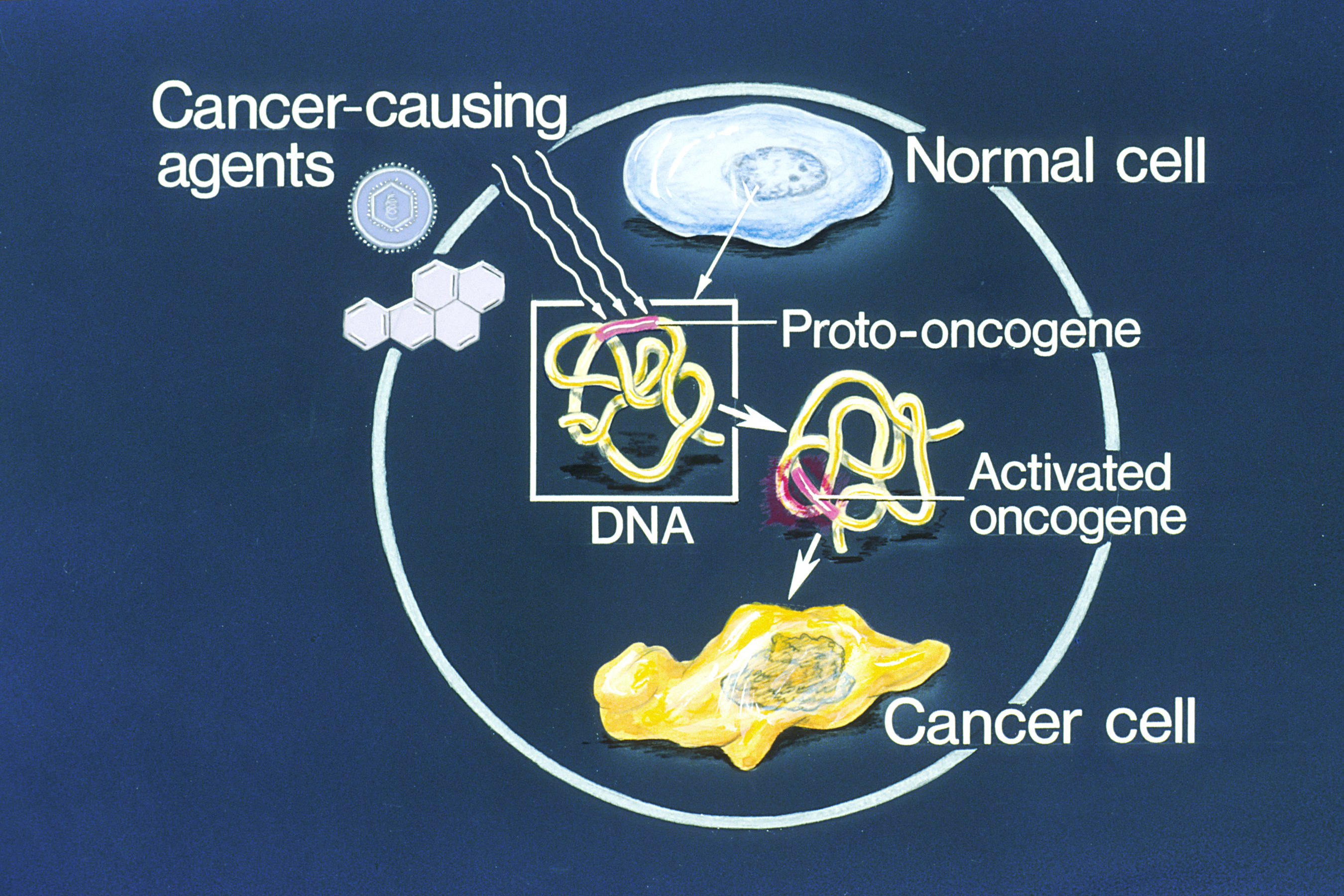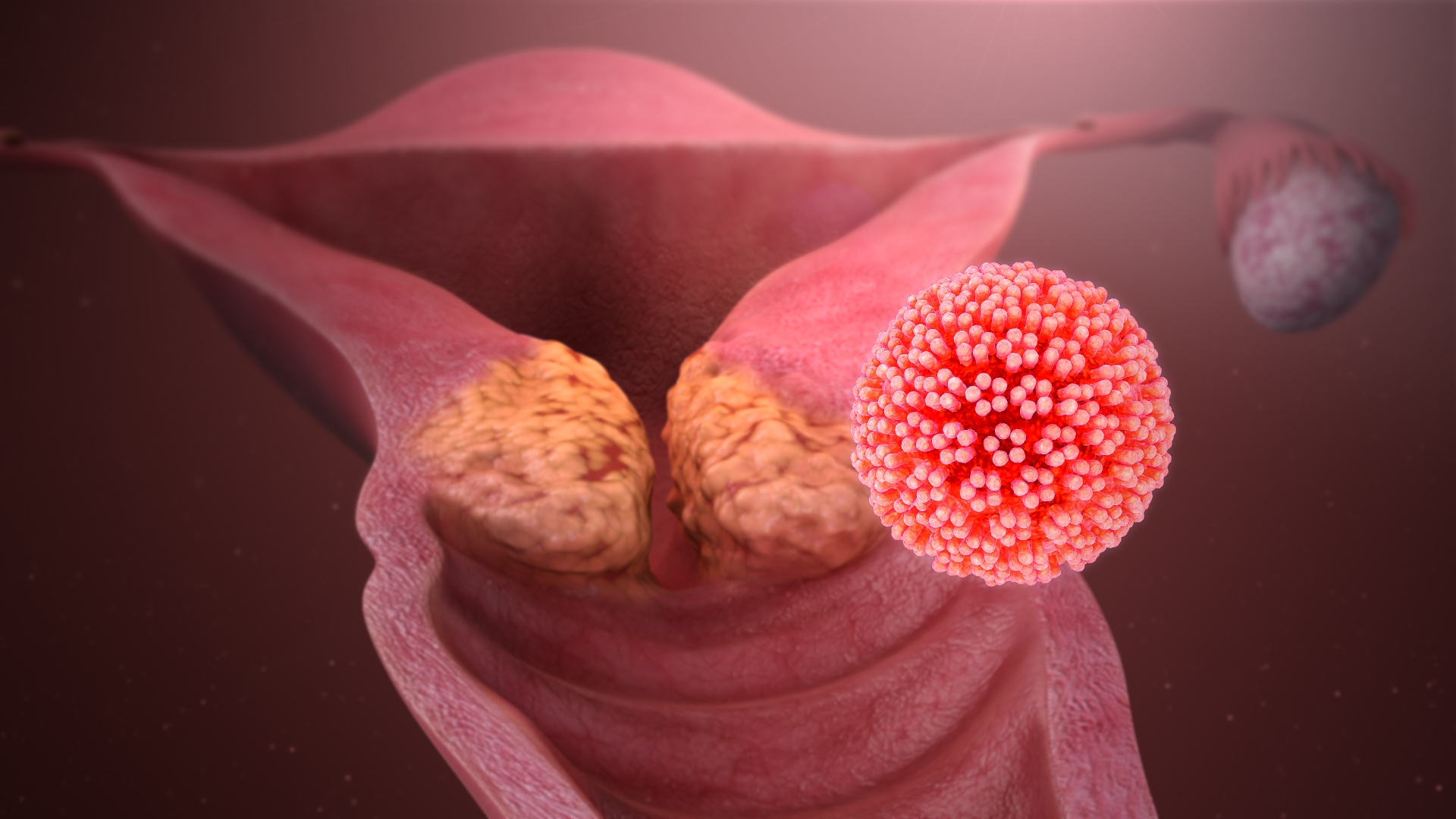|
Irene Leigh
Irene May Leigh CBE FRSE FMedSci is a British dermatologist. She is an emeritus Professor of Cellular and Molecular medicineBarts and The London School of Medicine and Dentistry. Her research has focused on keratinocytes, non-melanoma skin cancers and genetic skin diseases. She was elected to the Academy of Medical Sciences in 1999 and appointed CBE in 2012. Biography Born in Liverpool, Leigh completed her medical studies at the London Hospital Medical College. After qualifying, she specialised in dermatology. During her specialist training, she lectured in medicine at the University of Dar es Salaam in Tanzania for two years. She returned to London afterwards to complete her registrar training, and was appointed a consultant dermatologist to the Royal London Hospital in 1983. The same year, she set up a research laboratory at the hospital; she was also a research fellow at the Cancer Research UK London Research Institute, and was awarded an MD degree. Her research laboratory, th ... [...More Info...] [...Related Items...] OR: [Wikipedia] [Google] [Baidu] |
Commander Of The British Empire
The Most Excellent Order of the British Empire is a British order of chivalry, rewarding valuable service in a wide range of useful activities. It comprises five classes of awards across both civil and military divisions, the most senior two of which make the recipient either a Orders, decorations, and medals of the United Kingdom#Modern honours, knight if male or a dame (title), dame if female. There is also the related British Empire Medal, whose recipients are affiliated with the order, but are not members of it. The order was established on 4 June 1917 by King George V, who created the order to recognise 'such persons, male or female, as may have rendered or shall hereafter render important services to Our Empire'. Equal recognition was to be given for services rendered in the UK and overseas. Today, the majority of recipients are UK citizens, though a number of Commonwealth realms outside the UK continue to make appointments to the order. Honorary awards may be made to cit ... [...More Info...] [...Related Items...] OR: [Wikipedia] [Google] [Baidu] |
University Of Dundee School Of Medicine
The University of Dundee School of Medicine is the school concerned with medical education and clinical research at the University of Dundee in Scotland. In 1967, Dundee's medical school became independent in its own right having started in 1889 as a joint venture between the University of St Andrews and University College Dundee. In 1974, the medical school moved to a large teaching facility based at Ninewells Hospital in the west of Dundee. The School of Medicine now encompasses undergraduate, postgraduate, specialist teaching centres and four research divisions. History The Conjoint Medical School (1887–1967) In 1881, when University College Dundee was founded, the city of Dundee contained the Royal Infirmary and the Royal Lunatic Asylum which would provide medical teaching space for the new institution. The college however, had no power to award degrees and thus in 1887 proposed a merger with the nearby University of St Andrews. The Universities (Scotland) Act 1889 pave ... [...More Info...] [...Related Items...] OR: [Wikipedia] [Google] [Baidu] |
English Medical Researchers
English usually refers to: * English language * English people English may also refer to: Culture, language and peoples * ''English'', an adjective for something of, from, or related to England * ''English'', an Amish term for non-Amish, regardless of ethnicity * English studies, the study of English language and literature Media * ''English'' (2013 film), a Malayalam-language film * ''English'' (novel), a Chinese book by Wang Gang ** ''English'' (2018 film), a Chinese adaptation * ''The English'' (TV series), a 2022 Western-genre miniseries * ''English'' (play), a 2022 play by Sanaz Toossi People and fictional characters * English (surname), a list of people and fictional characters * English Fisher (1928–2011), American boxing coach * English Gardner (born 1992), American track and field sprinter * English McConnell (1882–1928), Irish footballer * Aiden English, a ring name of Matthew Rehwoldt (born 1987), American former professional wrestler ... [...More Info...] [...Related Items...] OR: [Wikipedia] [Google] [Baidu] |
Living People
Purpose: Because living persons may suffer personal harm from inappropriate information, we should watch their articles carefully. By adding an article to this category, it marks them with a notice about sources whenever someone tries to edit them, to remind them of WP:BLP (biographies of living persons) policy that these articles must maintain a neutral point of view, maintain factual accuracy, and be properly sourced. Recent changes to these articles are listed on Special:RecentChangesLinked/Living people. Organization: This category should not be sub-categorized. Entries are generally sorted by family name In many societies, a surname, family name, or last name is the mostly hereditary portion of one's personal name that indicates one's family. It is typically combined with a given name to form the full name of a person, although several give .... Maintenance: Individuals of advanced age (over 90), for whom there has been no new documentation in the last ten ... [...More Info...] [...Related Items...] OR: [Wikipedia] [Google] [Baidu] |
Monoclonal Antibody
A monoclonal antibody (mAb, more rarely called moAb) is an antibody produced from a cell lineage made by cloning a unique white blood cell. All subsequent antibodies derived this way trace back to a unique parent cell. Monoclonal antibodies are identical and can thus have monovalent affinity, binding only to a particular epitope (the part of an antigen that is recognized by the antibody). In contrast, polyclonal antibodies are mixtures of antibodies derived from multiple plasma cell lineages which each bind to their particular target epitope. Artificial antibodies known as bispecific monoclonal antibodies can also be engineered which include two different antigen binding sites ( FABs) on the same antibody. It is possible to produce monoclonal antibodies that specifically bind to almost any suitable substance; they can then serve to detect or purify it. This capability has become an investigative tool in biochemistry, molecular biology, and medicine. Monoclonal antibod ... [...More Info...] [...Related Items...] OR: [Wikipedia] [Google] [Baidu] |
Epidermolysis Bullosa Dystrophica
Epidermolysis bullosa dystrophica or dystrophic EB (DEB) is an inherited disease affecting the skin and other organs. "Butterfly child" is the colloquial name for children born with the disease, as their skin is seen to be as delicate and fragile as the wings of a butterfly. Signs and symptoms The deficiency in anchoring fibrils impairs the adherence between the epidermis and the underlying dermis. This deficiency occurs due to the genetic mutation(s) in the COL7A1 gene in chromosome 3. The COL7A1 gene in chromosome 3 is responsible for coding for type VII collagen, a protein that assists in helping anchor the epidermis and dermis. Thus, the skin of DEB patients is highly susceptible to mild to severe blistering, depending on the subtype. Collagen VII is also associated with the epithelium of the esophageal lining, and DEB patients may have chronic scarring, webbing, and obstruction of the esophagus. Affected individuals are often severely malnourished due to trauma to the ... [...More Info...] [...Related Items...] OR: [Wikipedia] [Google] [Baidu] |
Oncogene
An oncogene is a gene that has the potential to cause cancer. In tumor cells, these genes are often mutated, or expressed at high levels.Kimball's Biology Pages. "Oncogenes" Free full text Most normal cells undergo a preprogrammed rapid cell death () if critical functions are altered and then malfunction. Activated oncogenes can cause those cells designated for apoptosis to survive and proliferate instead. Most oncogenes began as proto-oncogenes: normal genes involved in cell growth and proliferation or inhibition of apoptosis. If, through mutation, normal genes promoting cellular growth are up-regulated (gain-of-function mutation), they predispose the cel ... [...More Info...] [...Related Items...] OR: [Wikipedia] [Google] [Baidu] |
Human Papillomavirus
Human papillomavirus infection (HPV infection) is caused by a DNA virus from the ''Papillomaviridae'' family. Many HPV infections cause no symptoms and 90% resolve spontaneously within two years. In some cases, an HPV infection persists and results in either warts or precancerous lesions. All warts are caused by HPV. These lesions, depending on the site affected, increase the risk of cancer of the cervical cancer, cervix, vulva cancer, vulva, vaginal cancer, vagina, penis cancer, penis, anal cancer, anus, oropharyngeal cancer, mouth, tonsils, or throat. Nearly all cervical cancer is due to HPV, and two strains – HPV16 and HPV18 – account for 70% of all cases. HPV16 is responsible for almost 90% of HPV-positive oropharyngeal cancers. Between 60% and 90% of the other cancers listed above are also linked to HPV. HPV6 and HPV11 are common causes of genital warts and laryngeal papillomatosis. An HPV infection is caused by the ''human papillomavirus'', a DNA virus from the papi ... [...More Info...] [...Related Items...] OR: [Wikipedia] [Google] [Baidu] |
Connexin
Connexins (Cx)TC# 1.A.24, or gap junction proteins, are structurally related transmembrane proteins that assemble to form vertebrate gap junctions. An entirely different family of proteins, the innexins, forms gap junctions in invertebrates. Each gap junction is composed of two hemichannels, or connexons, which consist of homo- or heterohexameric arrays of connexins, and the connexon in one plasma membrane docks end-to-end with a connexon in the membrane of a closely opposed cell. The hemichannel is made of six connexin subunits, each of which consist of four transmembrane segments. Gap junctions are essential for many physiological processes, such as the coordinated depolarization of cardiac muscle, proper embryonic development, and the conducted response in microvasculature. Connexins also have non-channel dependant functions relating to cytoskeleton and cell migration. For these reasons, mutations in connexin-encoding genes can lead to functional and developmental abnormalitie ... [...More Info...] [...Related Items...] OR: [Wikipedia] [Google] [Baidu] |
Desmosome
A desmosome (; "binding body"), also known as a macula adherens (plural: maculae adherentes) (Latin for ''adhering spot''), is a cell structure specialized for cell-to-cell adhesion. A type of junctional complex, they are localized spot-like adhesions randomly arranged on the lateral sides of plasma membranes. Desmosomes are one of the stronger cell-to-cell adhesion types and are found in tissue that experience intense mechanical stress, such as cardiac muscle tissue, bladder tissue, gastrointestinal mucosa, and epithelia. Structure Desmosomes are composed of desmosome-intermediate filament complexes (DIFCs), a network of cadherin proteins, linker proteins and intermediate filaments. The DIFCs can be broken into three regions: the extracellular core region ("desmoglea"), the outer dense plaque (ODP), and the inner dense plaque (IDP). The extracellular core region, approximately 34 nm in length, contains desmoglein and desmocollin, which are in the cadherin family of cel ... [...More Info...] [...Related Items...] OR: [Wikipedia] [Google] [Baidu] |
Plectin
Plectin is a giant protein found in nearly all mammalian cells which acts as a link between the three main components of the cytoskeleton: actin microfilaments, microtubules and intermediate filaments. In addition, plectin links the cytoskeleton to junctions found in the plasma membrane that structurally connect different cells. By holding these different networks together, plectin plays an important role in maintaining the mechanical integrity and viscoelastic properties of tissues. Structure Plectin can exist in cells as several alternatively-spliced isoforms, all around 500 kDa and >4000 amino acids. The structure of plectin is thought to be a dimer consisting of a central coiled coil of alpha helices connecting two large globular domains (one at each terminus). These globular domains are responsible for connecting plectin to its various cytoskeletal targets. The carboxy-terminal domain is made of 6 highly homologous repeating regions. The subdomain between regions five ... [...More Info...] [...Related Items...] OR: [Wikipedia] [Google] [Baidu] |

